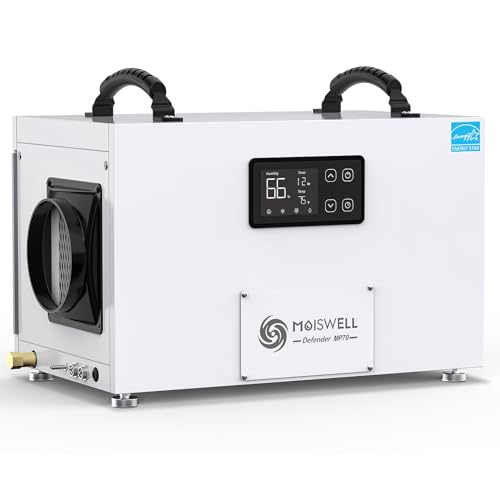Excessive moisture in basements and crawl spaces can lead to a wide range of health and home problems. The longer you let moisture build up in your home, the more it’ll eat away at wooden beams, metal appliances like water heaters, and it can potentially creep into the walls and wreak havoc on electric cables. We’d be remiss if we didn’t mention that moisture creates the perfect breeding grounds for insects and mold.
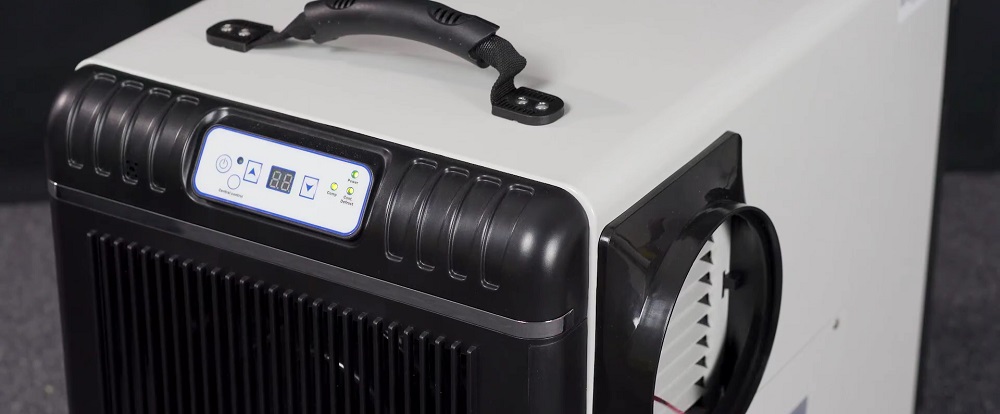
But things get much worse. Moisture damage that originates in below-ground spaces won’t stay put. The longer you neglect the problem, the more it’ll creep its way upward into your home’s living spaces via walls and air. So, if you live in an excessively humid part of the world or if your basement and crawl spaces flood in the winter/spring, make sure you invest in a dehumidifier.
The Basics of Dehumidifiers for Crawl Space
There’s no way around it. Crawl spaces and basements are the easiest targets for moisture damage. It’s crucial for homeowners to routinely venture into these below-ground spaces to assess the extent of moisture buildup as the problem will compound the longer you let it sit.
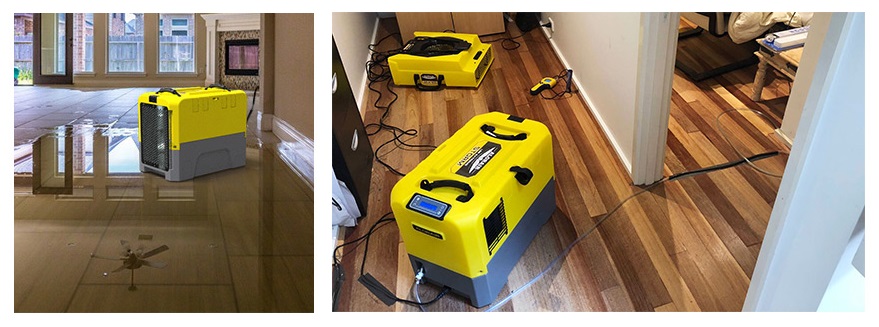
While dehumidifiers are the go-to tool for pausing and even reversing moisture damage in crawl spaces, you have to choose the right dehumidifier for the job. In general, dehumidifiers specifically made for basements can be placed inside of crawl spaces. Just be mindful of the coverage capacity of the basement dehumidifier, and it wouldn’t hurt if it came with additional features to help counteract moisture damage in such challenging environments.
How Companies Size Dehumidifiers
There are two basic methods that companies use to size their dehumidifiers—namely, water-removal rate and coverage capacity.
Water-Removal Rate
The water-removal rate refers to how many pints of moisture a dehumidifier can re-condense per 24-hour period. You’ll notice dehumidifiers with X-PPD (pints per day), which basically means that the device’s motor and cooling coils are designed to remove X pints of water vapor at testing conditions (65% relative humidity at 65 degrees). While the figure may seem impressive in certain models (60 PPD or higher), you still need to figure out the dehumidifier’s coverage capacity, or the maximum room size that the appliance can dehumidify.
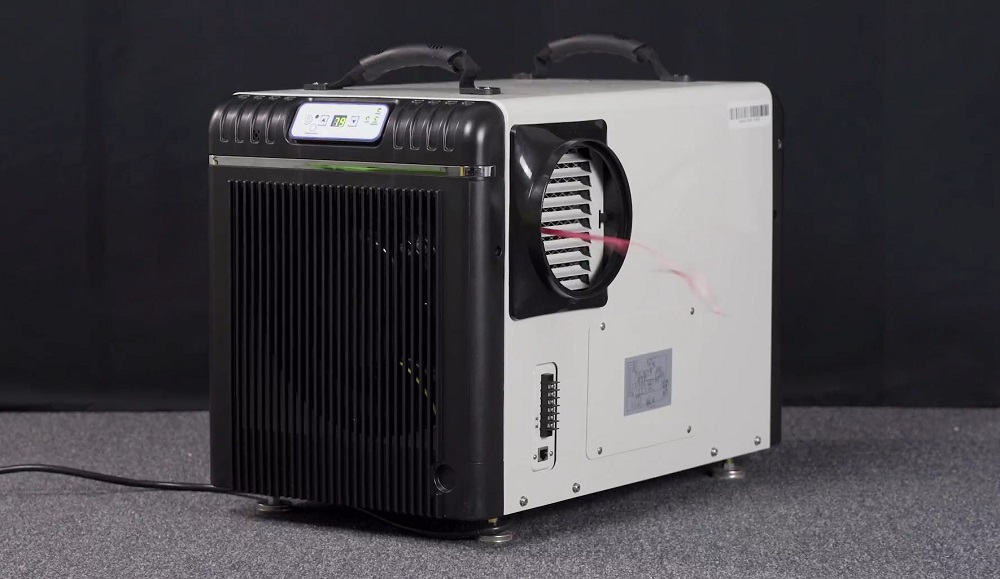
Area Coverage Capacity
Coverage capacity is measured in square feet. A higher figure is indicative of a more powerful motor that can remove greater quantities of water vapor in more spacious rooms. Generally speaking, residential-grade dehumidifiers with high PPD ratings have a lower area coverage capacity.
Related Article: Best Crawl Space Dehumidifiers
What Size Dehumidifier for Crawl Spaces
After learning how manufacturers size their dehumidifiers, it’s now time for you to do a bit of manual measuring. Put on clothing you don’t mind getting dirty and make your way into your home’s crawl space. Measure the total area in square feet before popping back up to the surface.
Now, it’s time to calculate the total square footage while taking into account any turns or solid partitions. Add 10 square feet for every turn and another 100 square feet for solid-wall partitions between chambers. For instance:
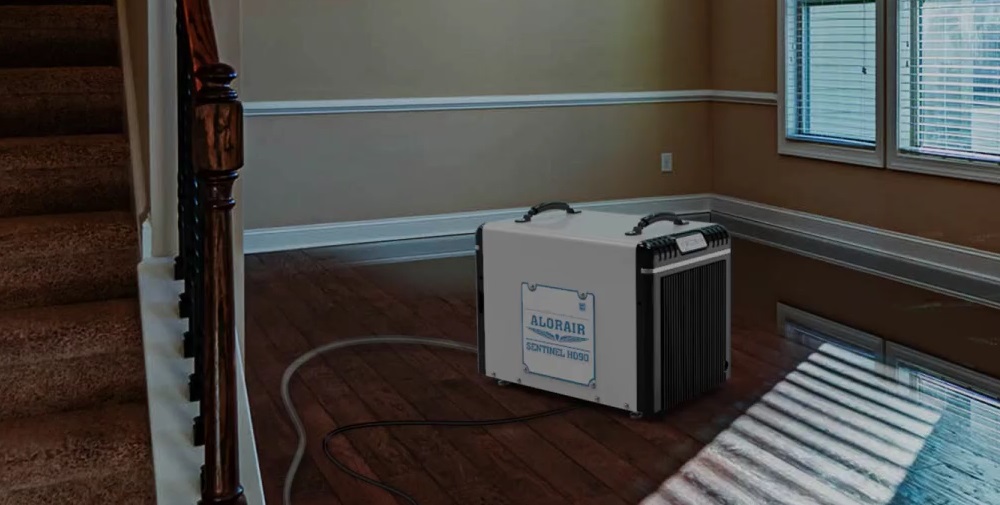
- Total crawl space area = 1,500 square feet
- 2 turns = 20 square feet
- Two solid partitions = 200 square feet
- Dehumidifier coverage capacity = 1,720 square feet
As for the removal dehumidifier removal rate, a higher PPD figure is ideal. Ideally, you should get a crawl space dehumidifier that removes at least 55 PPD, though it depends on how humid it gets in your city and home.
What Size Dehumidifier For a Crawl Space
| 300 sq. ft. | 500 sq. ft | 800 sq. ft. | 1,200 sq. ft. | |
| Slightly Damp 50-60% Humidity Air Feels Slightly Heavy | 20 pint | 25-30 pint | 35-40 pint | 50 pint |
| Moderately Damp 60-70% Humidity Occasional Musty smell | 20 pint | 25-30 pint | 35-40 pint | 50 pint |
| Very Damp 70-80% Humidity Wet spots on walls or floor | 25 pint | 30 pint | 45 pint | 55 pint |
| Wet 80-100% Humidity Seepage on walls & floor mold may be apparent | 25-30 pint | 35-40 pint | 45-50 pint | 60 pint |
Special Features to Look for
Unless you like getting on your hands and knees and traveling through your crawl space every week or so, try and keep an eye out for the following dehumidifier features.
Drain port and hose
It’s crucial that you find a crawl space dehumidifier that has a continuous gravity drain port. With this system, you don’t need to empty out a reservoir every couple of hours. Simply connect the drain hose, run it outdoors, and let your dehumidifier run until the crawl space is adequately dried. If you can’t find a dehumidifier with a continuous gravity drain, having an auto-stop feature to prevent the basin from overflowing is the next best thing.
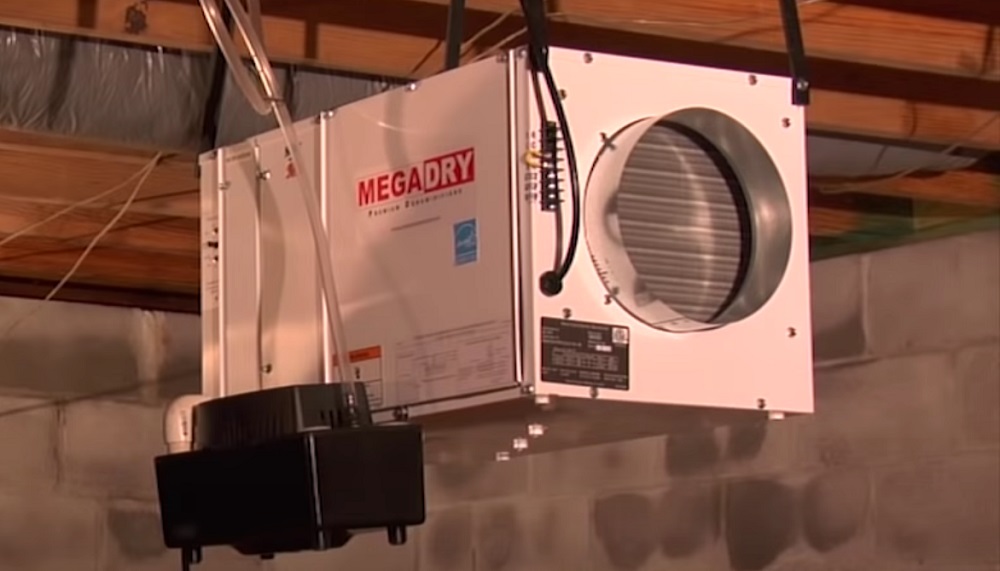
Hygrometer
A hygrometer measures the relative humidity level of a room. Having a hygrometer—either built into the dehumidifier or as a standalone device—will let you know when you need to activate the dehumidifier.
Auto-defrost
Dehumidifiers use a series of chilled coils to re-condense water vapor. Over time, the coils can become clogged with ice shards that impair their dehumidifying performance. With an auto-defrost feature, the coils will heat up to melt snow and ice before cooling back down to resume the dehumidifying process.
If you have any questions or comments, please add them below in the comment section. Similarly, please let us know if you spot any mistakes or omissions. Thanks!
Last Update: 2024-04-18 | Affiliate links/Images from Amazon Product Advertising API
